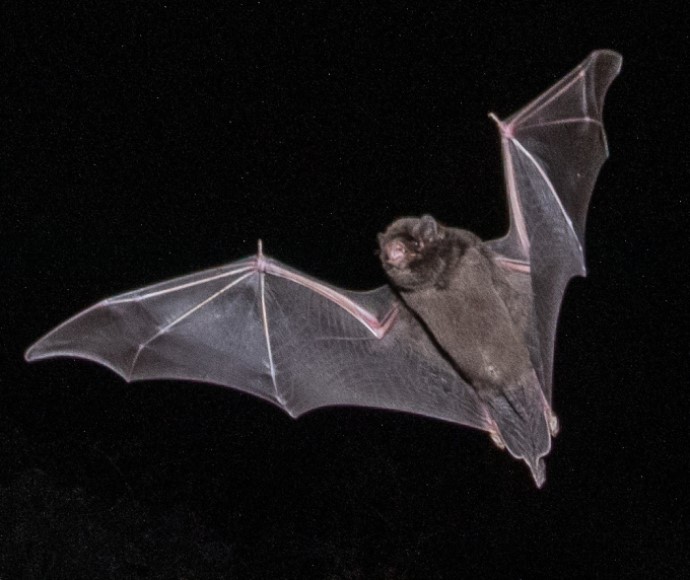Calling all bat-enthusiasts: Bats in Backyards project wants citizen scientists to help uncover secrets of the night sky
Following a successful pilot last year, the Bats in Backyards project is once again calling on citizen scientists to help survey insect-eating bats by recording bat calls over a period of 3 to 5 days.
This program helps us learn where threatened species occur and lets you know what is chomping insects over your property.
The 'Bats in Backyards' project is being delivered by the NSW Government Saving our Species program in partnership with NSW Department of Primary Industries and Western Sydney University.
Volunteer farmers, city dwellers, anyone with the smallest area of outside space are needed in Armidale, Narrabri, Wellington, Western Sydney and Pillar Valley and will be supplied with a bat detector to pick up the high frequency echolocation calls from bats flying high overhead.
There are 34 species of insect-eating bats in New South Wales; 18 of which are listed as threatened.
Bats can eat up to their own body weight in insects such as moths, cockroaches, and mosquitoes every single night, and are therefore a great natural bug-controller.
Direct predation by bats on agricultural pests is worth $63.6 million annually to the cotton industry alone so they are essential helpers for the agriculture and cotton industries.
Participating citizen scientists will receive a personalised report detailing each bat species detected, their preferred habitat and food sources, as well as recommendations for their protection and conservation.
Home, land, and apartment owners or occupiers in the project areas are invited to participate from October 2023 to March 2024.
Saving our Species Senior Threatened Species Officer, Dr Joanna Haddock, advised that the Bats in Backyards pilot project was extremely successful and high hopes are held for the latest project.
"A staggering 95,000 bat calls were recorded from 100 participants in the pilot program last year," Dr Haddock said.
"20 different species of bat, including 7 threatened species, were identified during the pilot. The most recorded species was the Gould's wattled bat (Chalinolobus gouldii), while the little pied bat (Chalinolobus picatus) was the least commonly recorded.
"Bats have been portrayed historically as villains, but they are in fact our friends, as voracious predators of insect pests – eating mosquitos, biting midges and crop pests by the billions.
"There is still much to discover about these elusive native mammals so we are asking landowners to volunteer to find out which species are flying over their properties each night – that way we can better understand their distributions and preferred habitats and know where to focus our conservation efforts."
To find out more and register your interest in the Bats in Backyards project visit Bats in Backyards.
About the Bats in Backyards Project
The Bats in Backyards project is a collaborative effort between the NSW Government Saving our Species program, Western Sydney University, and the NSW Department of Primary Industries. It aims to engage citizen scientists in the surveying and monitoring of insect-eating bat species across targeted areas in New South Wales. The project provides valuable data for bat conservation and educates the community about the ecological significance of these mammals.
Images for media: Dropbox
